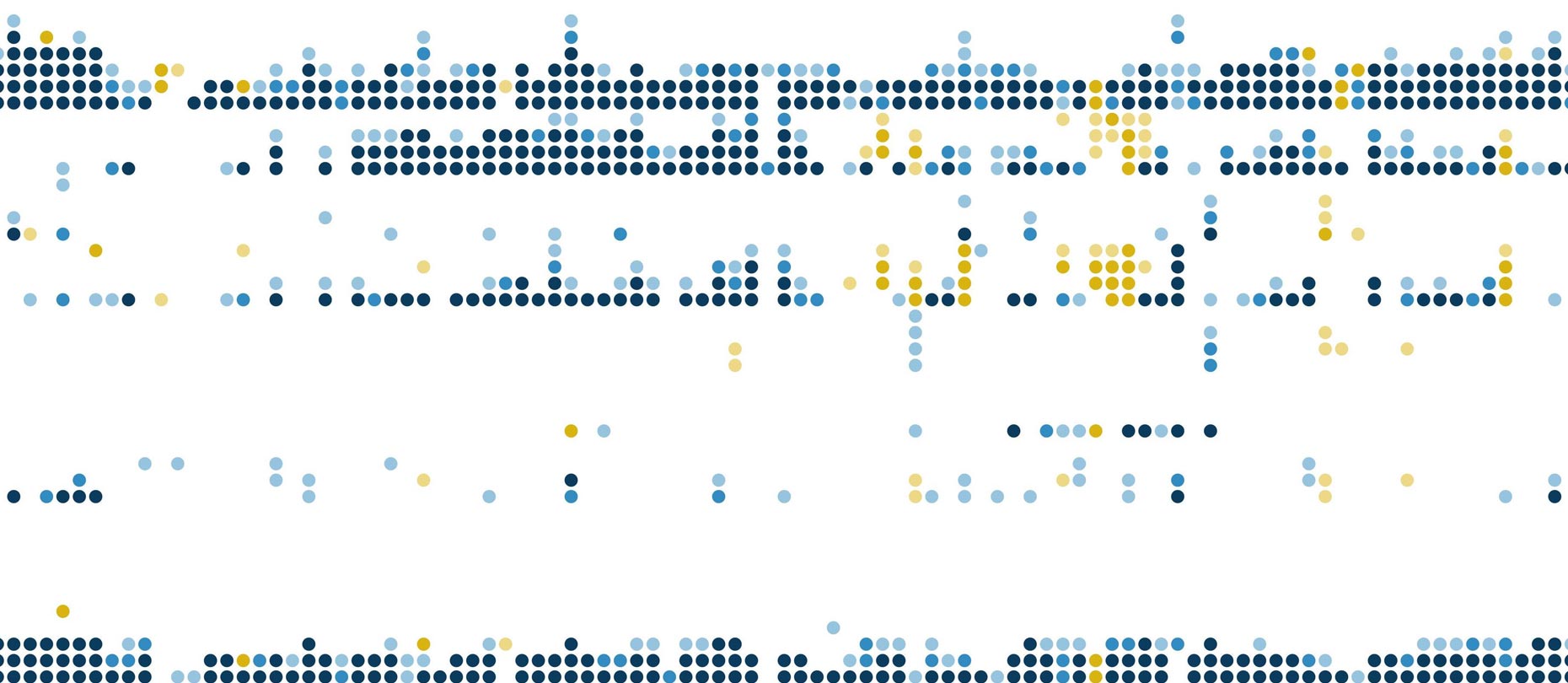Challenging Assumptions About ‘Inactive Ingredients’

Excipients are the “fillers” in formulated drugs. They are included to ensure long term storage, stabilize or promote delivery of the active drug. Excipients are assumed by many to be inert ingredients.
This is not necessarily the case. A recent paper in Science (Pottel et al., 2020), led by Brian Shoichet at UCSF and Laszlo Urban at Novartis characterizes potential bioactivities of drug excipients. Excipients were first evaluated for possible target associations using a computational method (SEA, Similarity Ensemble Approach) first developed by Shoicet’s lab. Then, a subset of the proposed associations was tested in target-based assays and several were confirmed. Interesting activities were dopamine receptor interactions by thimerosol and PDE inhibition by diethyl pthalate.
In parallel studies, a biology-based approach using phenotypic profiling was also taken to discover additional unexpected bioactivities of excipients. For this, a set of excipients was tested in the BioMAP® Diversity PLUS Panel of human primary cell-based systems (Eurofins Discovery).
To facilitate exploration of these data, we have created an interactive visualization of the phenotypic profiling results. Assay details are revealed by hovering over excipients or data points. Assays can also be filtered by biological categories, systems or endpoints and results can also be filtered by cytotoxicity.
The detected activities may not be relevant to humans if the excipients do not reach the systemic circulation. While this is the case for most excipients, it may not be for patients with abnormalities in the GI tract. Also, given the number of co-medications, intake of certain excipients may be much higher than assumed.
Overall most excipients were either inactive or active at concentrations below anticipated exposure. However, it is important to be aware of the exceptions.






